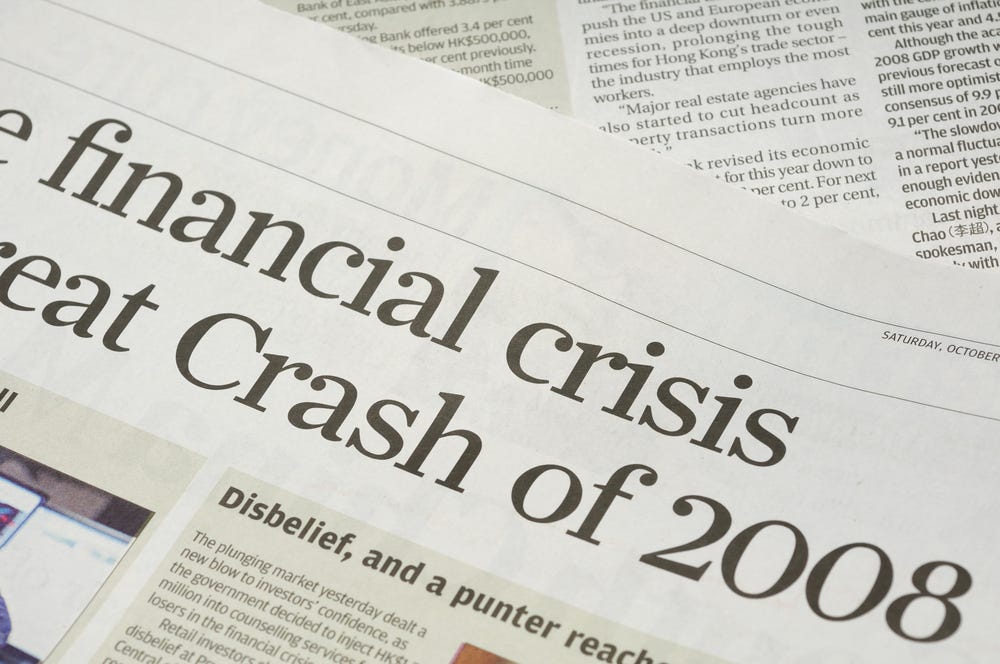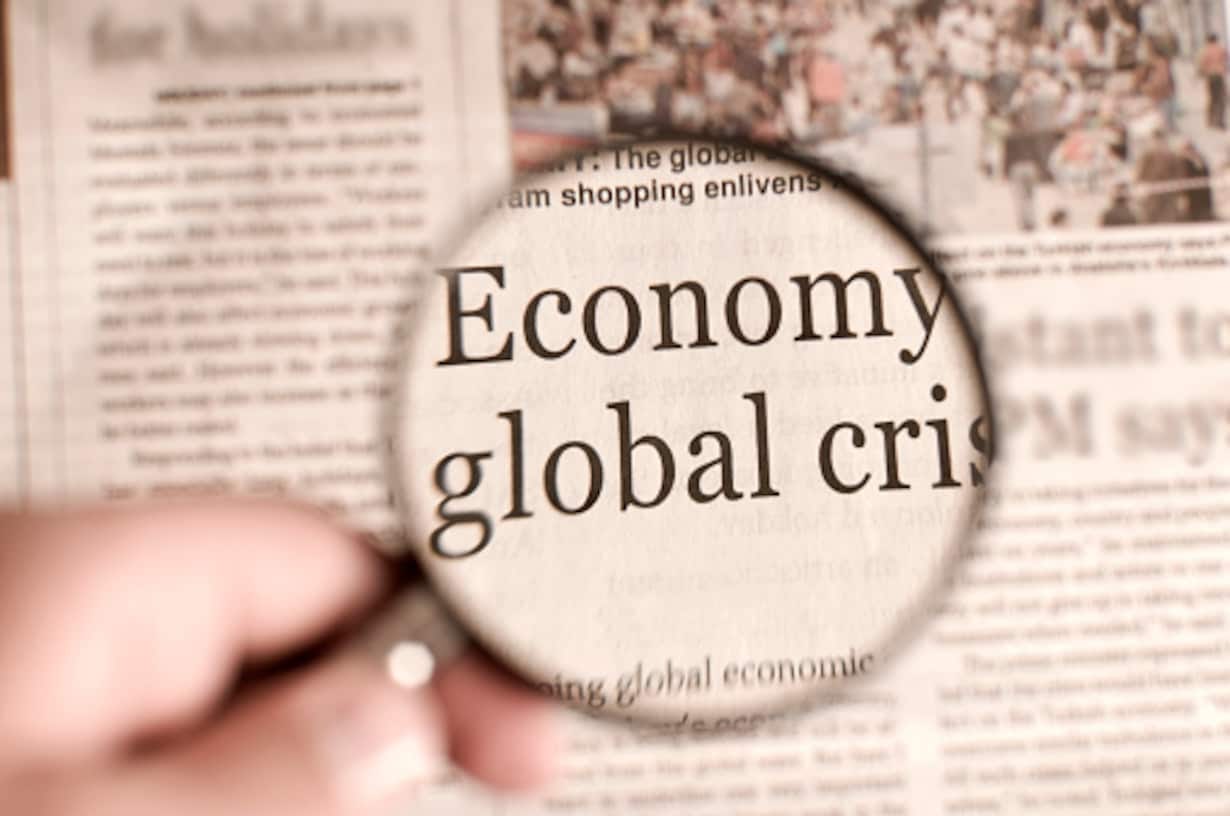Has anybody been paying attention to the banks lately?
The global financial system is currently facing a period of turmoil, with banks all around the world heading downhill. This sudden and widespread decline can be traced back to the bankruptcy of Silicon Valley Bank (SVB) some weeks ago. This bankruptcy has set off a domino effect that is reminiscent of the 2008 global financial crisis (GFC), raising concerns about the stability of the financial system and the ability of central banks to control it.
Despite the creation of a new department by The Federal Reserve (The Fed) to maintain the stability of the financial system, their efforts seem to be ineffective in preventing the current crisis. The real cause of the current situation remains unclear, and the central banks may not even be aware of it. In this article, we will examine the reasons behind the current crisis and assess the potential risks that it poses to the global economy.
The Preceding Situation
The 2008 GFC was caused by a combination of factors, including excessive risk-taking by banks, lax regulations, and a housing bubble. The crisis began with the subprime mortgage market in the United States, which was fueled by low-interest rates and lax lending standards. When housing prices began to decline, many borrowers were unable to repay their loans, leading to a wave of foreclosures and bankruptcies.
As the crisis spread, banks around the world began to experience difficulties, with many being forced to write off large amounts of bad debt. Governments and central banks stepped in to prevent a total collapse of the financial system, providing emergency funding and implementing measures to shore up banks' balance sheets.
The current crisis seems to be following a similar pattern. The Fed recently chose to raise its key interest rate by 0.25%, resulting in an interest rate level in the US that is now at the same level as it was in 2006. This situation appears to be a prelude to the financial crisis that occurred almost 15 years ago. In 2007, a number of significant banks encountered problems, with the credit institutions Fannie May and Freddie Mac being at the center of attention. Their assets consisted solely of housing loans, which ultimately led to their downfall.
Today, we are witnessing the downfall of three American niche banks and the averted bankruptcy of a major European bank. These banks have fallen due to the interest rate hikes by central banks. The situation is further complicated by the fact that 2008 was a presidential election year in the US, and we may well see history repeating itself in the upcoming 2024 election year.
The Current Situation
The current situation is not confined to a single region or country; it is a global phenomenon that is affecting banks all around the world. The bankruptcy of SVB seems to have been the trigger that set off the current crisis. The bank's collapse sent shockwaves through the financial system, leading to a rapid decline in the value of shares and assets held by other banks.
This decline has been compounded by a series of other factors, including rising inflation, supply chain disruptions, and geopolitical tensions. Inflation is currently at a 40-year high in the US, and the Federal Reserve has been forced to raise interest rates to combat it. This move has led to a further decline in the value of bank shares and assets.
Supply chain disruptions, caused by the COVID-19 pandemic and geopolitical tensions, have further added to the pressure on the financial system. These disruptions have led to rising commodity prices, reduced output, and increased costs for businesses. All these factors are taking a toll on the global economy, with some experts warning that we are on the brink of a new recession.
Risks and Implications
The current crisis poses several risks and implications for the global economy. The first and most obvious risk is the possibility of a widespread banking crisis. If banks continue to experience financial distress and fail, it could trigger a domino effect that could bring down the entire financial system. This could result in a severe recession or even a global depression, with significant economic and social consequences.
Another risk is the possibility of a debt crisis. Many individuals, corporations, and governments have taken on significant debt in recent years, and if interest rates continue to rise or if economic conditions worsen, they may struggle to repay their debts. This could lead to a wave of defaults and bankruptcies, further exacerbating the economic crisis.
There is also a risk of currency devaluation and inflation. As central banks around the world continue to implement monetary policies to support their economies, the value of their currencies may decline. This could lead to inflation, as the cost of goods and services increases, and reduce the purchasing power of consumers and businesses.
The implications of this crisis are also significant. The first implication is the potential for political instability. As economic conditions worsen, there may be an increase in social unrest and political turmoil, as people become frustrated with their governments and seek change.
There may also be significant implications for global trade and commerce. If the crisis continues, it could lead to a reduction in international trade and investment, as businesses and individuals become more risk-averse and look to protect their assets. This could lead to a more isolationist and protectionist global economy, with significant consequences for both developed and developing countries.
Finally, there may be significant long-term implications for the financial system itself. If the crisis continues, it may lead to a loss of confidence in the financial system, as people lose faith in banks and other financial institutions. This could lead to a significant restructuring of the financial system, with significant consequences for investors and businesses.
The current crisis poses significant risks and implications for the global economy. It is important for policymakers, businesses, and individuals to monitor the situation closely and take steps to mitigate the risks and prepare for the potential consequences.
It is not too late to buy gold and silver right now, on the contrary, right now may be the best decision you can make!








